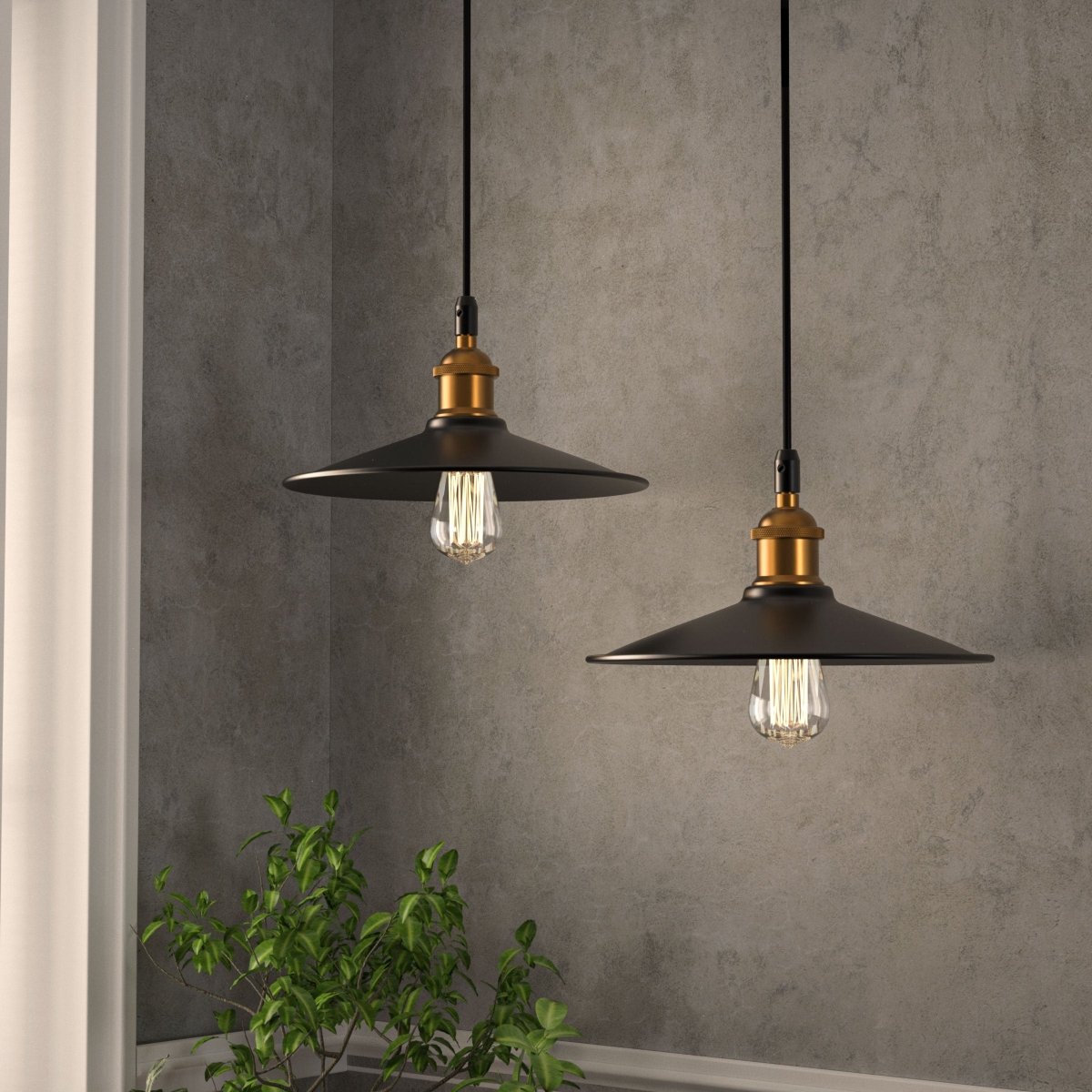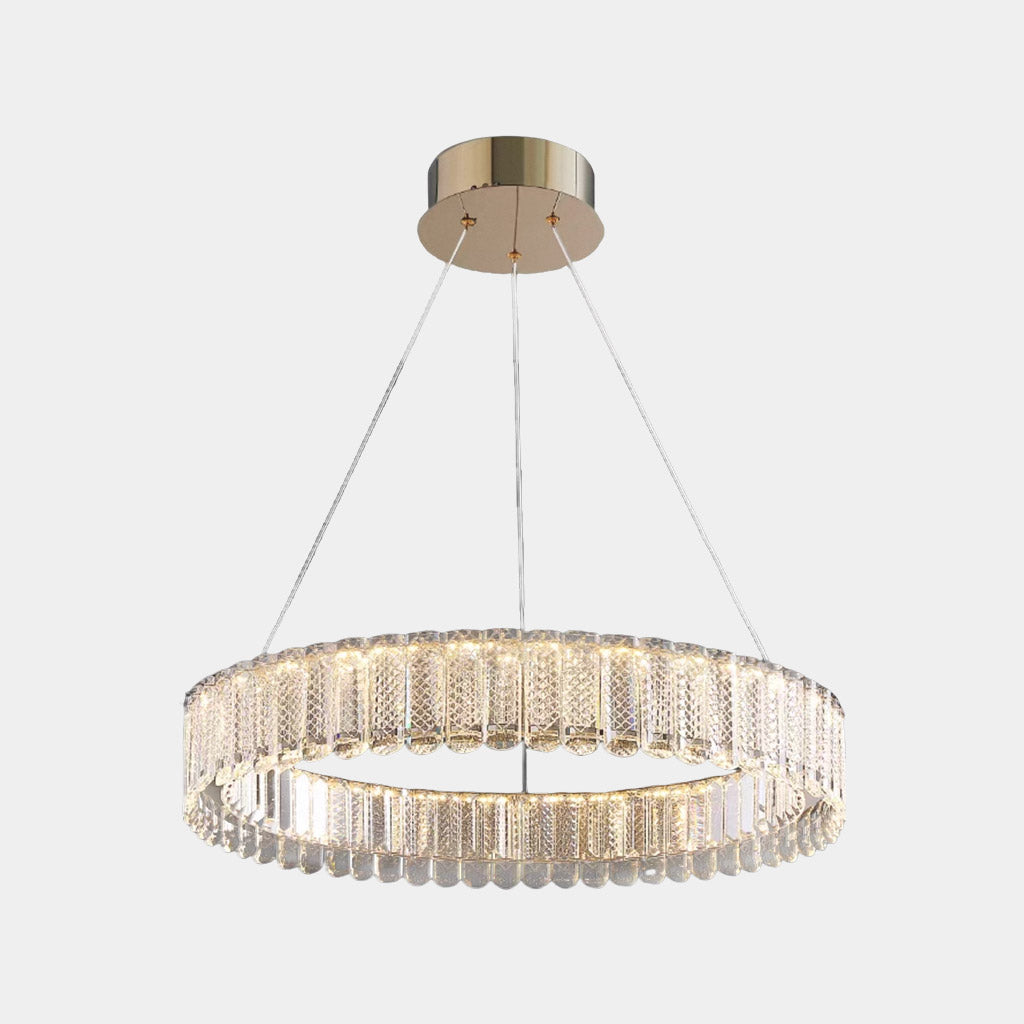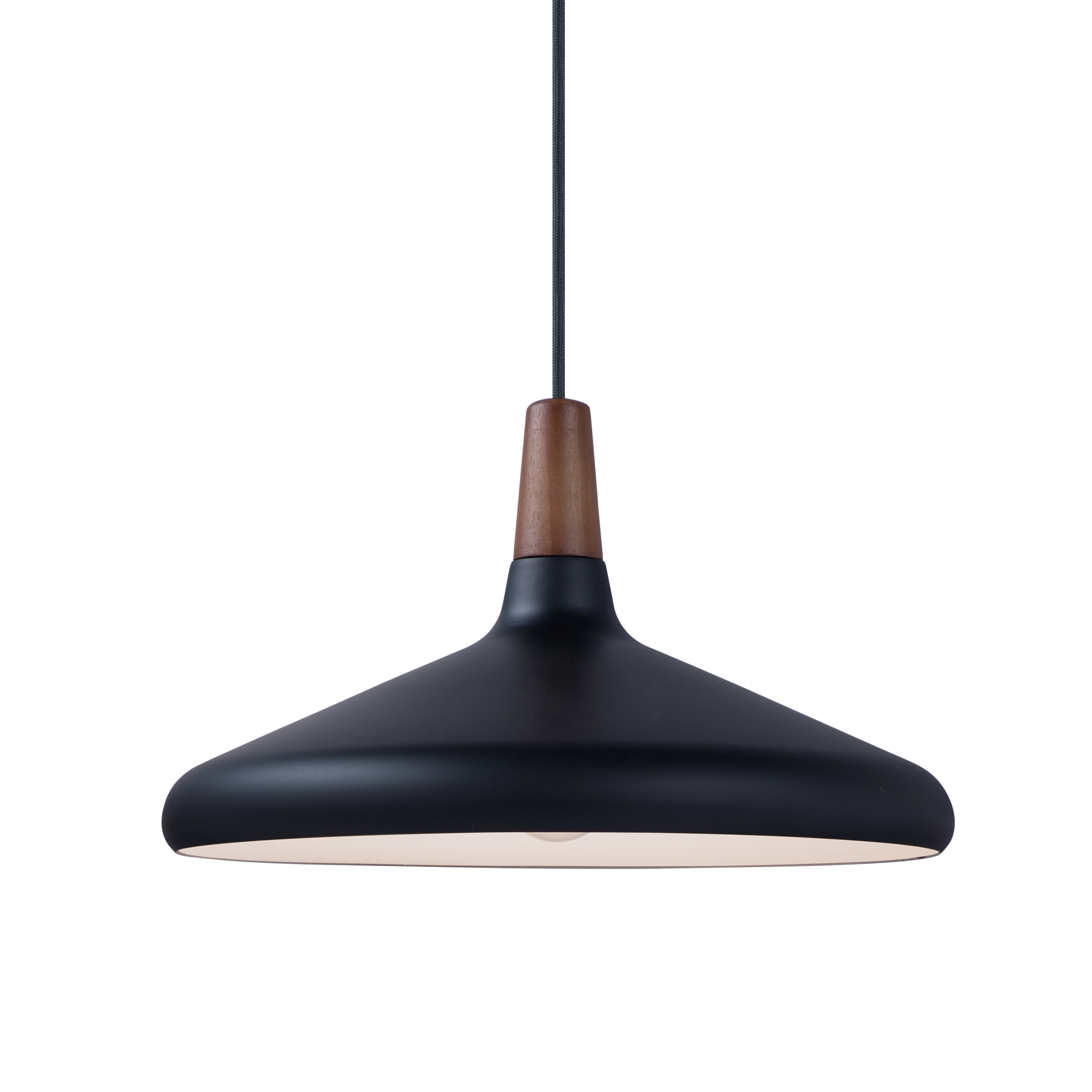The Evolution of the Pendant Light in Modern Interior Design
Wiki Article
A Comprehensive Overview to Installing and Keeping Your Pendant Light
Installing and preserving a pendant light calls for mindful planning and execution. Proper elevation measurements can boost both capability and design. Essential devices and a clear setup process are critical for a successful setup. Regular maintenance assurances durability and efficiency. Comprehending these elements can change a room. Nonetheless, understanding where to begin may appear intimidating. What actions should one prioritize to accomplish the best results?Recognizing Pendant Light Styles
While several property owners look for to enhance their spaces with Pendant lighting, recognizing the different styles readily available is necessary for making an educated selection. Pendant lights can be found in a plethora of designs, each offering one-of-a-kind visual and useful advantages. Traditional Pendant lights usually feature timeless shapes and materials, such as glass or metal, providing a classic appeal. Contemporary layouts, on the other hand, may integrate bold shades and cutting-edge products to develop striking prime focus.Industrial-style necklaces often use basic materials like subjected light bulbs and rustic surfaces, suitable for loft spaces and modern-day setups. For a much more wayward touch, vintage-inspired alternatives stimulate fond memories with intricate information and retro surfaces. In addition, minimal styles focus on simplicity and tidy lines, attracting those that choose downplayed sophistication. Understanding these diverse styles allows home owners to choose Pendant lighting that not just enhances their decor however also serves their functional illumination needs efficiently.
Determining the Suitable Height for Your Pendant Light
How does one determine the excellent height for a necklace light? To accomplish the best functionality and aesthetic charm, a number of variables need to be considered. Normally, a pendant light should hang 30 to 36 inches over a table to ensure adequate lighting without blocking sights. Precede with high ceilings, the component may be placed a little greater to preserve proportionality.For kitchen islands, an elevation of 28 to 34 inches over the countertop is usually suggested, enabling appropriate light insurance coverage while preserving an inviting ambience. In living areas, the Pendant must be hung at a height that enhances the surrounding decor and does not produce a risk for people walking underneath it.
Ultimately, individual preference and space dimensions play significant functions in establishing the excellent elevation. Checking numerous elevations prior to last setup might help achieve the wanted result and performance.
Devices and Materials Needed for Installment
Effective installation of Pendant lights needs a particular set of tools and materials to ensure a smooth process. Important tools consist of a screwdriver, cord pole dancer, and a drill, which promote safe fixture attachment and proper electrical wiring. A voltage tester is crucial for confirming security by making certain that power is off prior to beginning any electric job.Along with devices, specific products are essential for installment. These include the Pendant light itself, electric circuitry, cord nuts for protected links, and placing equipment. A ceiling hook may also be needed, relying on the fixture's style.
For added safety and security and benefit, a ladder will certainly help in getting to high ceilings, while a level assures that the light hangs uniformly. Preparing these materials and devices ahead of time streamlines the setup procedure, making it more effective and reliable. Correct preparation is necessary to attaining an effective Pendant light installation.
Step-by-Step Installation Refine
With the essential devices and products collected, the setup process for Pendant lights can start. The power supply must be turned off at the circuit breaker to ensure safety and security. Next, the installing brace needs to be affixed to the electrical box in the ceiling. After safeguarding it, the electrician's tape must be used to cover any subjected cables.Complying with that, the Pendant light's cords are linked to the equivalent cables in the ceiling: black to black (or red), white to white, and environment-friendly or copper for ground. As soon as the connections are made, they ought to be secured with cable nuts.
The Pendant light can after that be connected to the installing brace, making certain it hangs at the wanted elevation. Ultimately, the light bulb is placed, and the power is turned back on at the breaker, allowing the brand-new Pendant light to light up the room.
Keeping and Cleaning Your Pendant Light
What steps should be required to ensure the long life and visual appeal of Pendant lights? Normal maintenance and cleaning are crucial in maintaining their beauty and functionality. Dirt and dirt can gather on Pendant lights, diminishing their sparkle. To cleanse, a soft, lint-free fabric or microfiber towel must be used, in addition to a mild cleaner ideal for the surface area material - Pendant Light. For glass or crystal pendants, a glass cleanser can improve clarity without streaksIt is suggested to switch off the light and enable it to cool before cleansing. Furthermore, inspecting the fixture for loosened bulbs or connections periodically ensures security and top efficiency. If applicable, altering light bulbs consistently stops stress on electrical elements. Ultimately, keeping a safe atmosphere by preventing direct exposure to moisture can considerably prolong the life of Pendant illumination. Adhering to these actions will maintain Pendant lights looking their best while functioning properly.
Troubleshooting Typical Pendant Light Issues
When pendant lights malfunction, a number of common issues might develop, useful site consisting of flickering light bulbs, incorrect installation, and voltage fluctuations. Determining the origin is necessary for effective fixing and guaranteeing peak efficiency. Dealing with these troubles quickly can boost the durability and capability of Pendant illumination fixtures.Flickering Light Bulbs
Flickering light bulbs can be a source of stress for homeowners, frequently signifying underlying electric problems or easy upkeep demands. This phenomenon might originate from loose bulb links, where the bulb is not securely fitted right into the socket, causing periodic call (Pendant Light). Furthermore, faulty or aging light bulbs might flicker as they near the end of their life-span. Another typical reason is inconsistent voltage, which can occur from issues within the electrical system or straining circuits. Property owners need to also inspect for damaged circuitry, as this can result in flickering and present security threats. Prompt replacements and normal evaluations are important to ensure correct capability and to maintain a secure home environment. Determining the origin promptly can avoid additional problems
Wrong Setup Issues
Incorrect installment of Pendant lights can bring about a range of concerns that may look like those triggered by flickering bulbs. Typical problems include loosened electrical wiring connections, which can interrupt the flow of electrical power and lead to recurring lights. Furthermore, if the mounting brace is not securely attached, the Pendant might hang unevenly, developing an unpredictable fixture that can cause resonances or noise. Incorrect light bulb kinds or wattage can additionally add to performance concerns, as inappropriate bulbs may not operate effectively in the fixture. Inadequate spacing from the ceiling can produce shadows or minimize light circulation, diminishing the intended impact of the Pendant light. Identifying and addressing these setup errors is crucial for accomplishing correct functionality and visual appeal.Voltage Variation Problems
Pendant lights can improve a room's ambiance, voltage variations can lead to significant efficiency issues. These variations might cause flickering lights, decreased illumination, or perhaps premature light bulb failure. To identify such problems, one need to first check the lighting fixture's compatibility with the voltage supply. Utilizing a multimeter can aid measure voltage levels and identify abnormalities. this hyperlink If voltage concerns continue, it might be essential to examine the electrical system for loose links or faulty circuitry. Sometimes, getting in touch with a certified electrical contractor is suggested to guarantee safety and compliance with regional codes. Appropriately resolving voltage fluctuations not just boosts the efficiency of Pendant lights but also extends their lifespan and enhances overall lights top quality.Enhancing Your Room With Pendant Light Positioning
Efficient Pendant light positioning can substantially boost a room by adhering to perfect height standards, making certain the ideal illumination degree. Layering these lights with other resources can produce a well balanced ambience, highlighting centerpieces within the space. Achieving an unified appearance calls for mindful factor to consider of both the fixture's placement and its relationship with bordering aspects.Optimal Elevation Standards
When considering the optimal height for Pendant lights, a basic guideline suggests hanging them about 30 to 36 inches over a countertop or table surface. This elevation enables optimum lighting while making sure that the light does not obstruct sights or produce hazards. In eating areas, Pendant lights should be placed to boost the dining experience, generally you could check here around 28 to 34 inches over the table. For kitchen area islands, maintaining harmony across numerous pendants can develop a natural look; spacing them equally and adhering to the advised height boosts performance. It is important to consider ceiling elevation also, as greater ceilings might call for modifications to preserve symmetry and aesthetic appeal. Correct elevation positioning considerably adds to the general ambiance of an area.Layering With Other Lights
As Pendant lights are integrated right into a broader lights design, they can considerably enhance the environment of a room. Their adaptability permits them to be layered with ambient, task, and accent illumination, developing a harmonious equilibrium. For example, combining pendant lights with recessed illumination can offer basic lighting while highlighting specific areas. Job lights, such as under-cabinet lights, can enhance necklaces in cooking areas, guaranteeing performance without giving up design. Accent lights, like wall sconces, can even more enhance the setting, accentuating artwork or architectural functions. By purposefully placing these light resources, property owners can accomplish depth and dimension, transforming a common space right into a perfectly brightened establishing that accommodates numerous activities and moods.Prime Focus and Balance

Purposefully put Pendant lights can serve as captivating centerpieces within a space, drawing the eye and boosting the overall aesthetic. When selecting pendant lights, it is vital to take into account their shade, shape, and dimension to guarantee they enhance the existing design. A vibrant, extra-large Pendant can create a striking focal point over a dining table, while smaller fixtures may function much better in clusters to accomplish a balanced look. In addition, positioning Pendant lights at differing elevations can include deepness and visual passion to the space. Keeping equilibrium with other aspects, such as furnishings and wall colors, will certainly guarantee that the Pendant lights improve the area without overwhelming it. Thoughtful placement changes the setting, creating a harmonious and inviting environment.
Regularly Asked Inquiries
Can I Install a Pendant Light in a Recessed Ceiling?
The concern of whether a necklace light can be installed in a recessed ceiling commonly arises. Generally, it is possible with suitable installing hardware, making certain correct support and electrical connections for efficient and risk-free setup.What Sort of Light Bulb Is Ideal for Pendant Lighting?
When picking light bulbs for Pendant lights, LED choices are often preferred due to their energy efficiency and longevity. Additionally, the color temperature should match the preferred atmosphere, with cozy white being a preferred choice for comfortable settings.Are Pendant Lighting Safe for Outdoor Usage?

How Do I Select the Right Pendant Light Electrical Power?
Selecting the ideal Pendant light power level includes reviewing the space's dimension, preferred brightness, and fixture compatibility. Commonly, reduced wattages match ambient illumination, while greater wattages give task lights, ensuring performance and aesthetic charm.Can I Make Use Of a Dimmer Switch With My Pendant Light?
The inquiry occurred whether a dimmer switch might be used with a pendant light. Typically, if the light component and bulb are suitable, a dimmer switch can successfully improve atmosphere and control illumination degrees.
When pendant lights breakdown, numerous common issues may occur, consisting of flickering light bulbs, incorrect setup, and voltage fluctuations. Improper setup of Pendant lights can lead to a variety of concerns that may resemble those triggered by flickering light bulbs. Poor spacing from the ceiling can create shadows or decrease light distribution, diminishing the designated impact of the Pendant light. Reliable Pendant light positioning can considerably enhance a space by adhering to suitable elevation standards, ensuring the best illumination level. When choosing bulbs for Pendant lights, LED choices are commonly favored due to their power performance and long life.
Report this wiki page